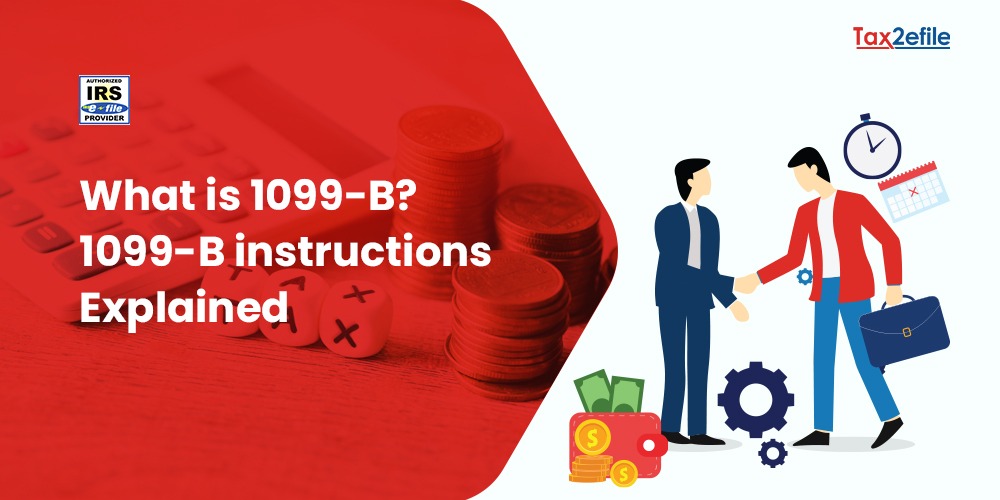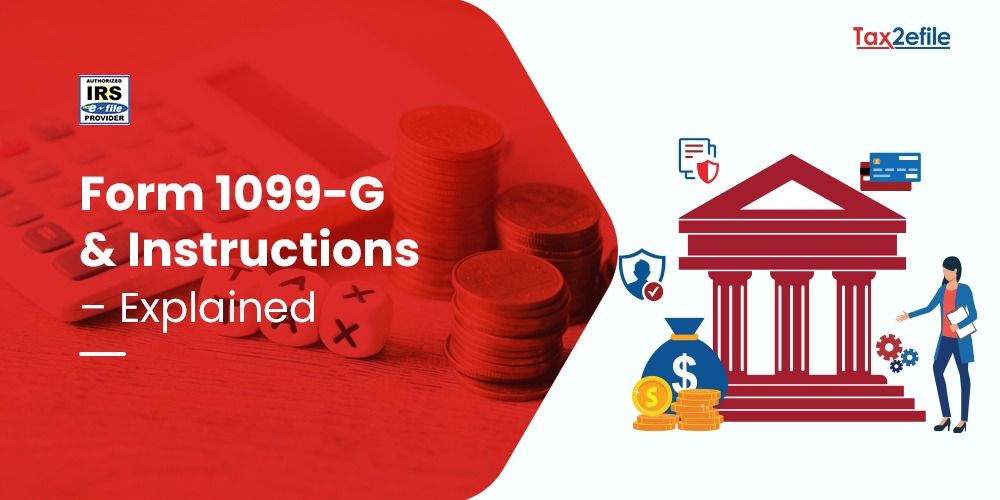- January 3, 2024

The Internal Revenue Service has announced the deadline for the tax year 2023 as April 14th, 2024 for the tax year. There are certain tax changes to take care of while preparing to file the tax returns for the year 2023. The IRS has released its set of reminders that help taxpayers get ready for the upcoming tax filing season.
Table of Contents
Changes in the reporting rules for Form 1099-K
The IRS suggests that taxpayers should get their Form 1099-K for payment card and third-party network transactions by the 31st of January, 2023. This is for those who have received third-party payments in the tax year 2022 for goods and services that exceed $600. There are no changes in the income taxability. Thus, all the income, including the part-time work, will be taxable. Taxpayers should report all the income on their tax returns until they are excluded by law, irrespective of whether they are receiving Form 1099-K, Form 1099-NEC, or other information returns.
Before the year 2022, the tax Form 1099-K was issued for third-party network transactions only if the total transactions exceeded 200 for the year and the aggregate amount of these transactions will exceed $20,000.
Now, a single transaction that exceeds $600 can require the third-party platform to issue Form 1099-K. However, the money received from third-party payment networks from friends and relatives as personal gifts is not taxable.
Changes to Tax Credits
The taxpayers will receive a significantly smaller refund in comparison with the previous tax year. These changes include the amounts for the earned income tax credit, child tax credit, and child and dependent care credit.
Thus, those who got $3,600 per dependent till the year 2021 for the CTC will now get $2,000 for the 2022 tax year. Similarly, for the EITC, the eligible taxpayers with no children, who previously received about $1500 in 2021, will now be getting $500 from 2022. The child and dependent care credit will now return to a maximum of $2000 instead of $8000 in the year 2021.
Changes concerning Tax Returns
Several factors could affect the timing of the refund after the Internal Revenue Service receives the tax return. Though the IRS will receive refunds in less than 21 days, the IRS is still cautious that taxpayers do not rely on receiving their 2022 tax return by a certain date, especially if they are making purchases or paying bills. Some tax returns, however, might require additional review and may take longer for the IRS to process, especially if the IRS systems detect a possible error, such as suspected identity theft or fraud, missing information, etc.
Changes in Standard Deductions
The standard deduction is that portion of the income that is not subject to income tax. Taxpayers can take the standard deduction unless they decide to itemize the deductions on Form 1040 Schedule A. The standard deductions for the tax year 2023 for
- Single filers will get a standard deduction of $13,850.
- Married filing separately will get a standard deduction of $13,850.
- Heads of household will get a standard deduction of $20,800.
- Married filing jointly will get a standard deduction of $27,700.
- Surviving spouses will get a standard deduction of $27,700.
Tips for Timely and Correct Tax Filing
The IRS is also cautious of early tax filers filing a tax return during January or early February to make sure that they have all the key income documents for filing the returns. A little caution is all it takes to avoid refiling the returns. If the information needs to be corrected in the 1099-K forms, they should contact the payer immediately and get it corrected.
Be aware of IRS 2023 tax changes and maximize your tax return with Tax2efile!


